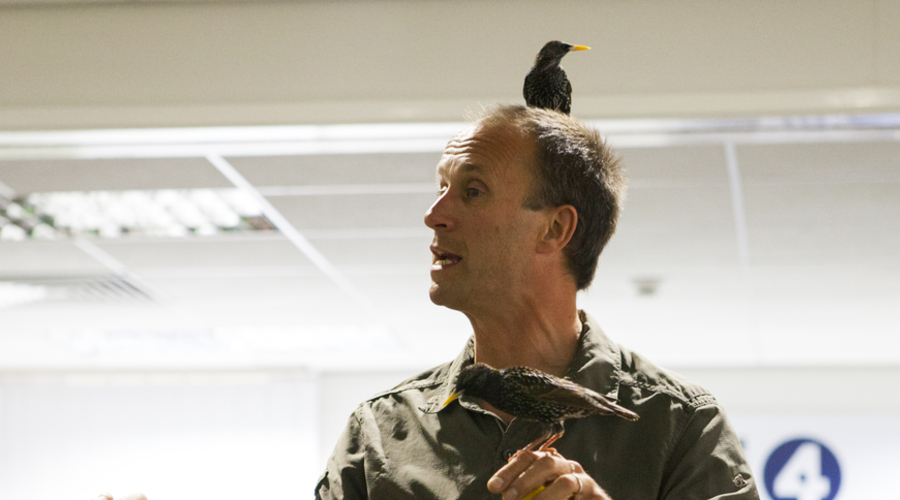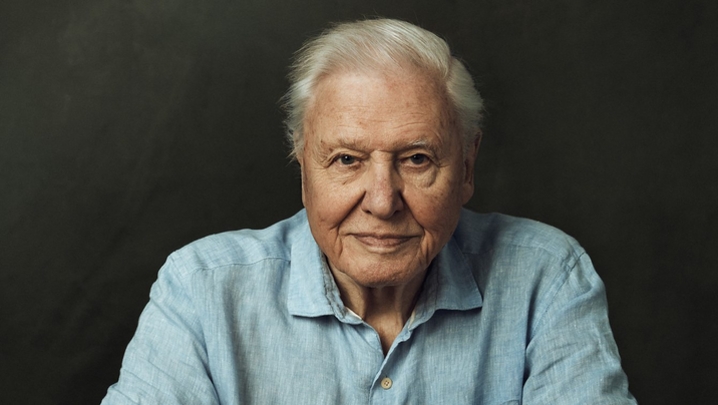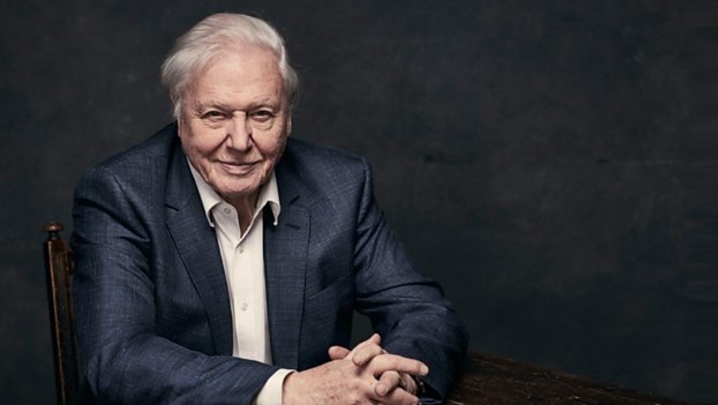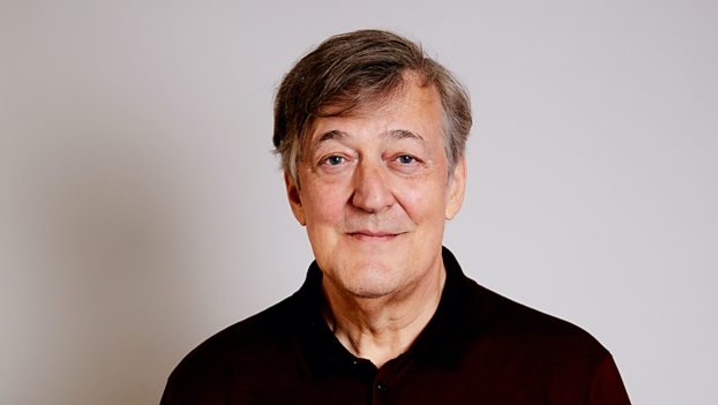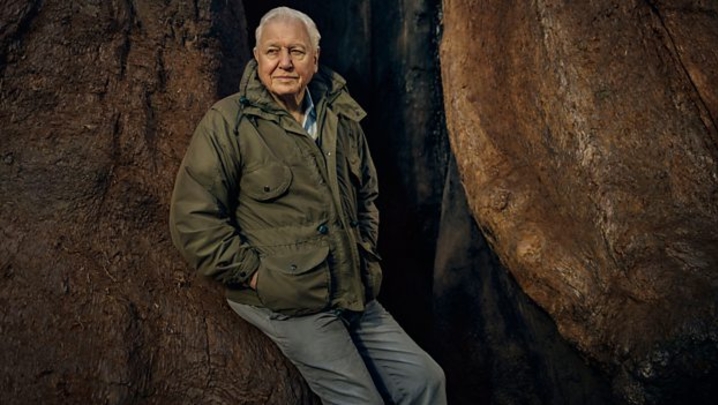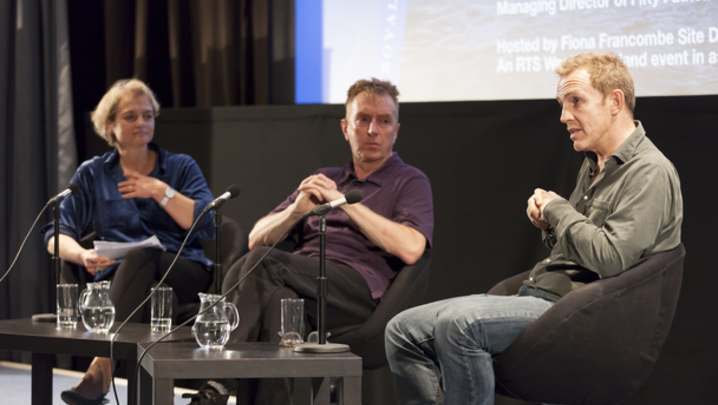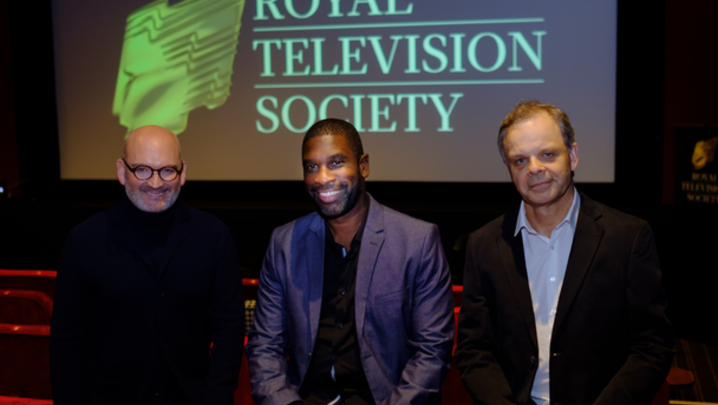Don’t open the windows and no photographs… we are used to the demands of celebrities in TV.
And not one member of the audience packed into BBC HQ at Whiteladies Road in Bristol, complained as the temperatures soared.
This was the hot ticket of RTS Bristol’s Spring season, insights and inspiration behind the BBC Natural History Unit’s science series – ‘Life in the Air’, with the production team, the warm-up act.
Series producer, James Brickell, and episode producers Giles Badger and Simon Bell took us through the ‘mechanics’ of the series, which explained the mechanics of how cats leap three metres from a standing start to catch their prey, snakes fly and ‘shy and nervous' sparrow hawks fly low to the ground at incredible speeds to snatch the birds from the feeders in our gardens.
“We wanted to deconstruct the science behind the fundamentals of how animals and birds launch themselves into the air, though extraordinary physiology", explained Series producer, James Brickell.
Shot in the field, and on controlled sets, to reveal the science of the minutiae of a wing beat or how a tiny Leaf Hoper pulls 500g on take off, the team lead the audience through the process of story-boarding, micro-light shoots, adapted cars and endless hours of patience to capture the content, which captivated the 100 strong-audience and millions who watched the series at home.
This was a joint RTS Bristol/Wales event, with members from across the Severn joining film-makers, students and the public.
The NHU celebrates its 60th birthday next year and its strength and depth has spawned a vibrant and thriving ecology in the city of natural history independents, small and large, who between them are responsible for almost 40% of the global production of content and programming about the natural world.
But the real stars of the ‘Life in the Air’ show, made a surprise late entrance, stage left, in the careful hands of Lloyd and Rose Buck, bird handlers with a celebrity flock, nurtured and cared for over decades.
In flew Arnie, one of the celebrity Starlings of the series and with an IMDb listing to die for, from Poldark to Spring Watch, Arnie leads a family of Starlings who have starred on our screens since they were fledginglings eight years ago.
With Arnie and his fellow cast, swooping low above the heads of the audience ( and perching on a few), Lloyd explained that he and Rose build a close social bond with his birds; they are family, needing all the care and attention of children.
“We have a special licences to keep the Starlings in captivity and they get more confident as they get more experienced being filmed for all kinds of programmes, from drama to natural history", Lloyd told the audience .
"Looking after our birds is a not just our career and job, it is a lifestyle, as you have to be there for them seven days a week, but we love it" says Lloyd.
“We describe ourselves as bird behaviourists and handlers,specialising in working with our birds for many tv and film sequences and because we always make sure the birds enjoy themselves we can get the best out of them without compromising their welfare”
And Arnie had lots to say too, before he ‘left the building’, his next public appearance, already in the diary.
Click here to find out more about Lloyd and Rose Buck and their work
and click here to see images from the evening

